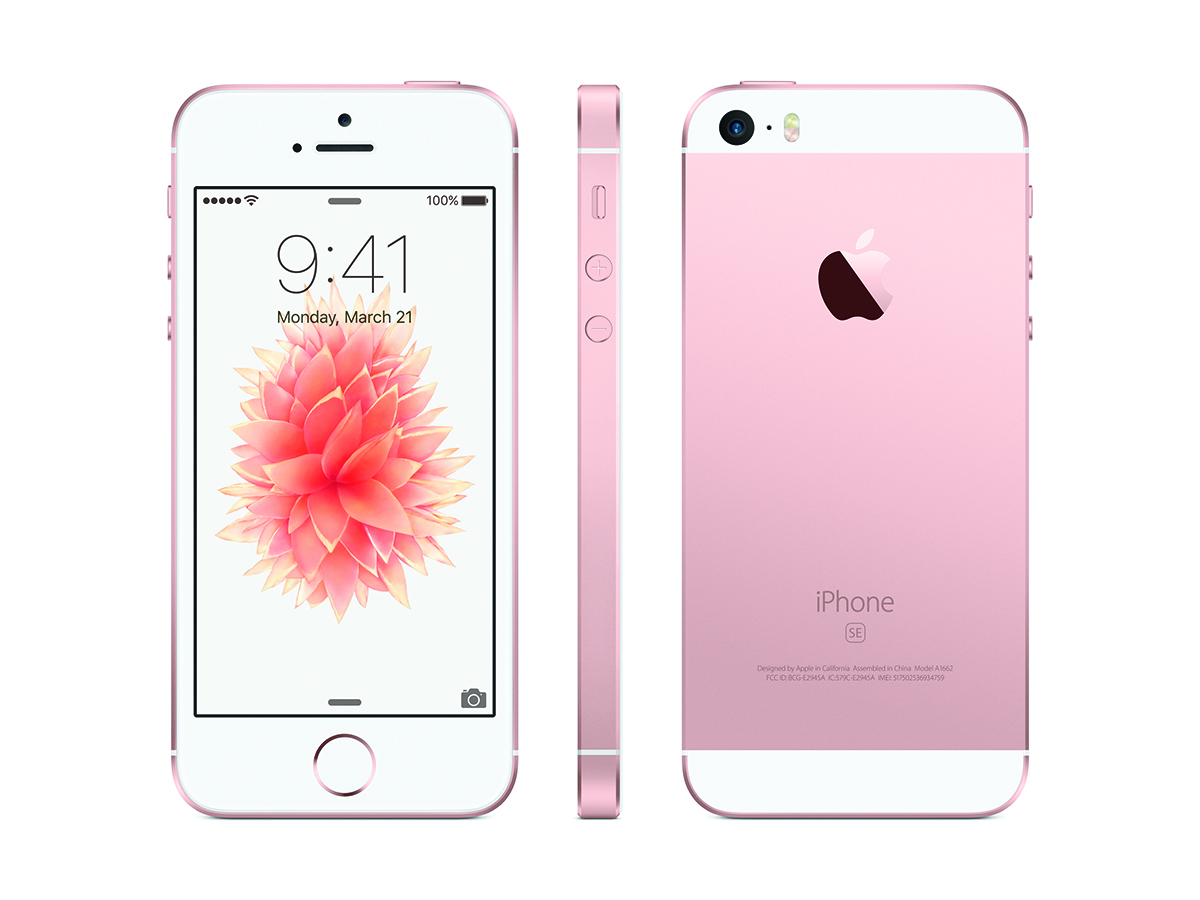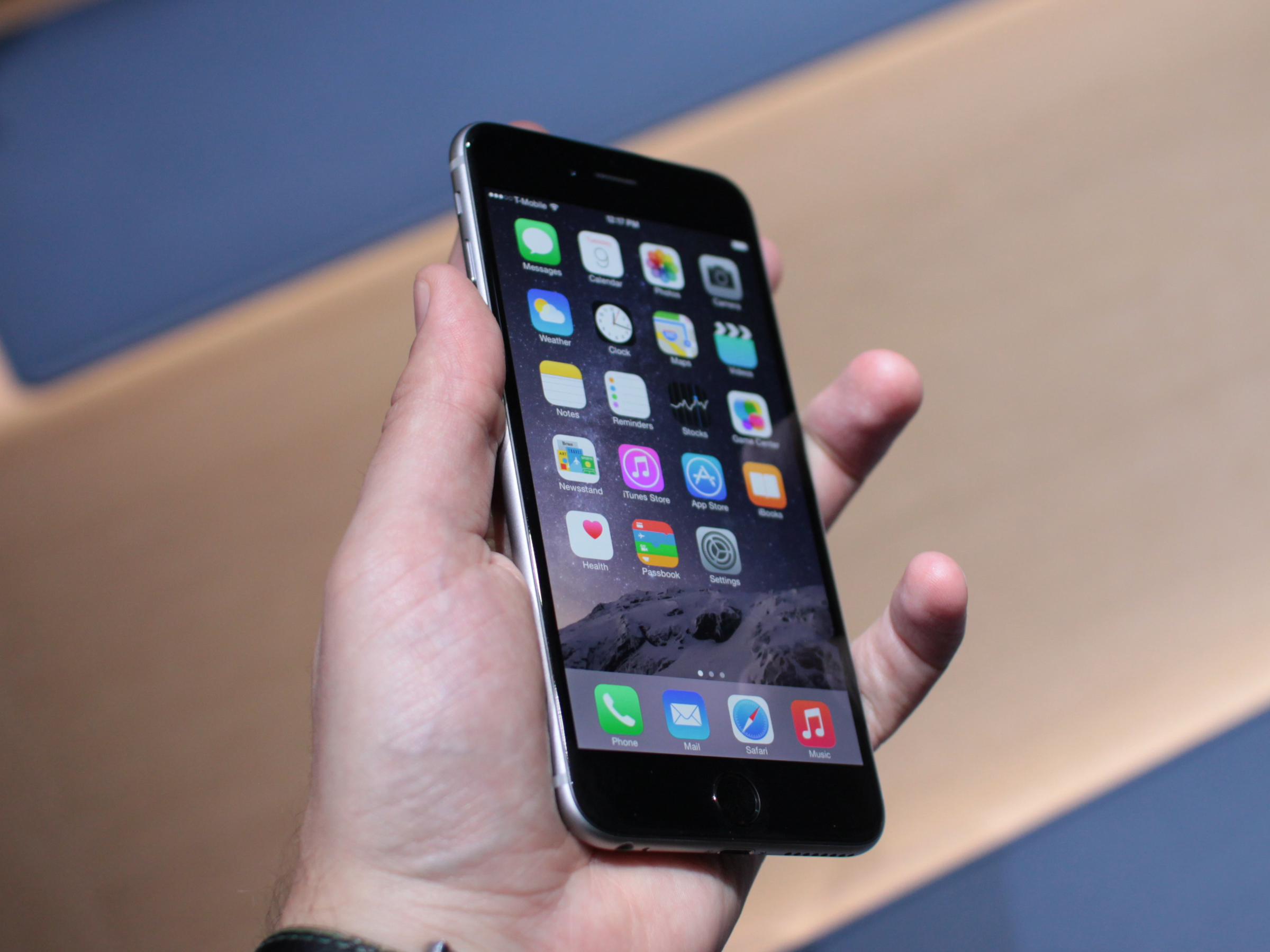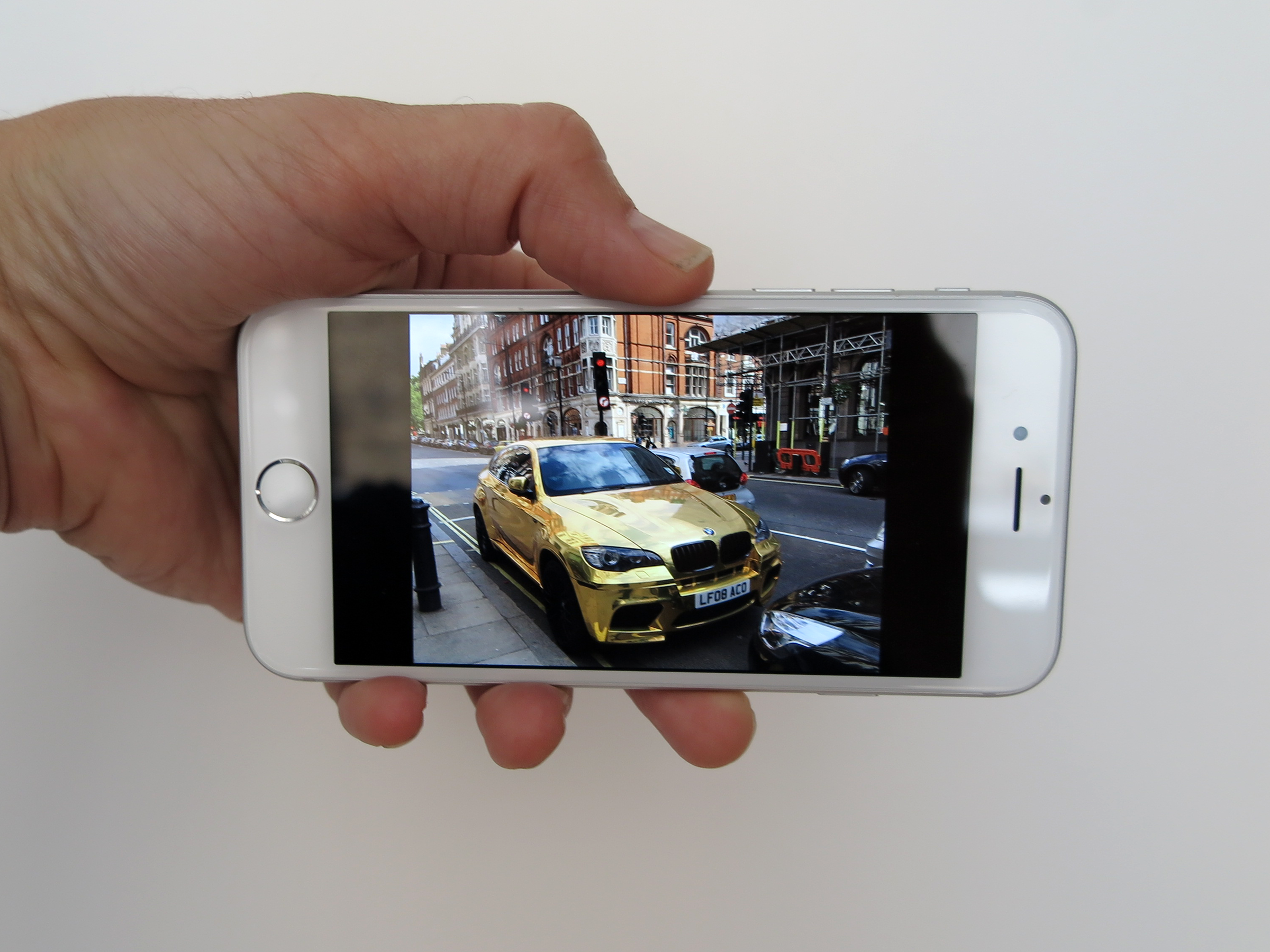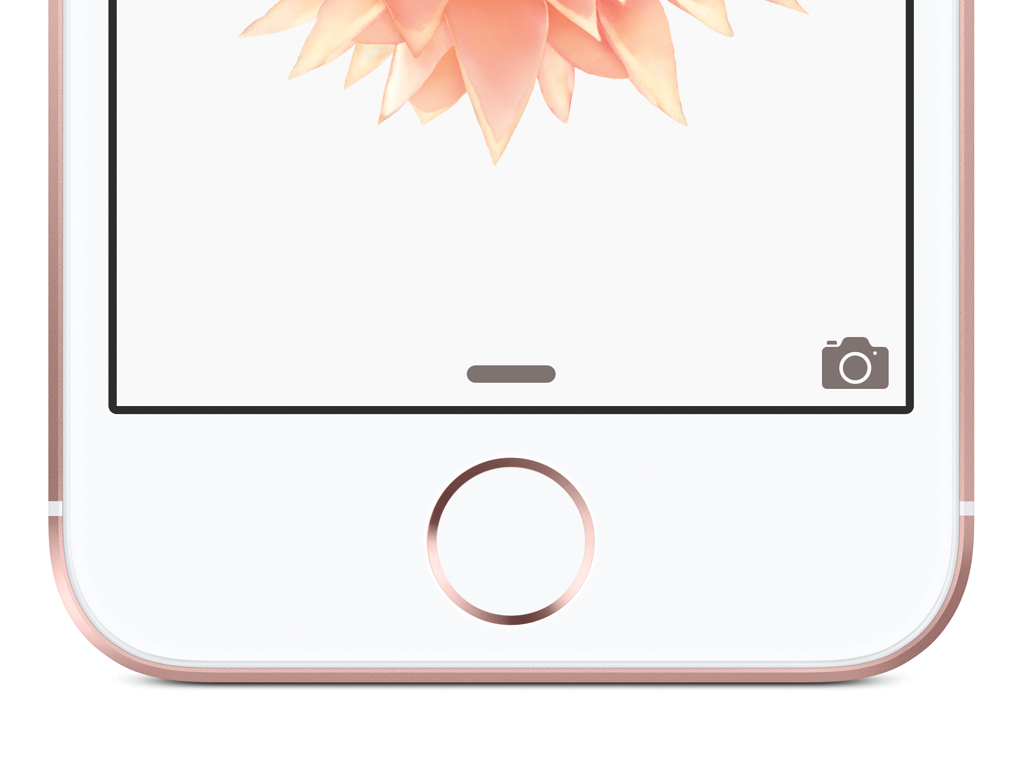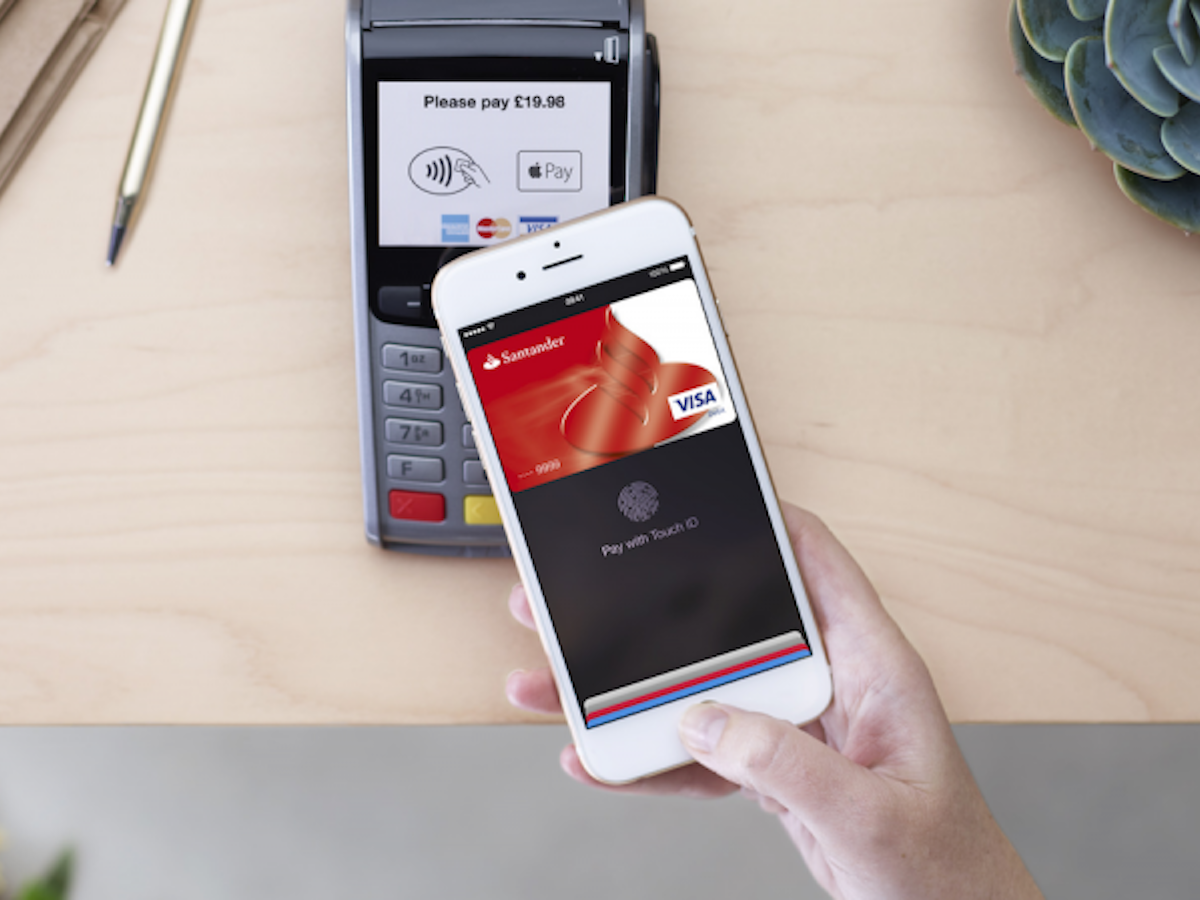Should you downgrade from the iPhone 6 to the iPhone SE?
Didn't love Apple's first big phone? The SE is smaller, cheaper, and more powerful

Ever since Apple moved away from 4in iPhone screens, we’ve heard rumours about a return to the classic size of the iPhone 5 and 5s. Now it’s finally happening.
Today, as heavily rumoured and reported over the past couple months, Apple revealed the iPhone SE, its first 4in handset since 2013. The iPhone SE looks nearly identical to the iPhone 5s, but here’s a surprising twist: in nearly every way, the internal specs match those of the top-of-the-line iPhone 6s. And it’s £180 less than Apple’s top core phone.
While the iPhone 6/6s and 6/6s Plus have sold in droves and been largely well received, not everyone loves a larger phone. And if you grabbed an iPhone 6 back when it launched and have spent the last 18 months struggling to grip and hold onto the curvy 4.7in device, you might be anxious to jump ship for a more comfortable fit.
But should you? Here’s how the new iPhone SE fares against the last-gen iPhone 6.
Build and size
This seems pretty straightforward: do you like the added size of the iPhone 6? Does it rest comfortably in your hand, or do you struggle to hold onto that slippery backing, ever terrified of a nasty collision with the ground below?
If you still hold a candle for Apple’s 4in phones, then the iPhone SE might seem like a dream come true. It’s essentially the same design as the iPhone 5 and iPhone 5S, aside from slightly more rounded front edges – so longtime Apple users should have a good idea of what to expect here.
Dead on, it looks a bit like the iPhone 6 and 6s, but at any angle, you’ll find the familiar flat metal sides of the earlier models. It’s thin, sturdy, and most importantly, very easily gripped. It’s an ideal phone for one-handed use, in particular.
Read More › 11 things you need to know about the iPhone SE
Performance

This might be a tricky one to understand: the iPhone SE is smaller and still cheaper than the last-gen iPhone 6, but it’s actually more powerful. That’s because Apple decided to utilise the A9 processor from the six-month-old iPhone 6s, along with its M9 co-processor.
That is seemingly so that it wouldn’t be "outdated" at launch, especially since an iPhone 7 is probably only six months away from release. What it means is that you can grab the SE at a relative bargain, but actually get a more capable phone than the iPhone 6.
The processor bump means you’ll get smoother performance with games and apps, and iOS 9 will run as smoothly as it does on the 6s. And as you’ll discover below, Apple grabbed other iPhone 6s components for the iPhone SE, as well.
Display
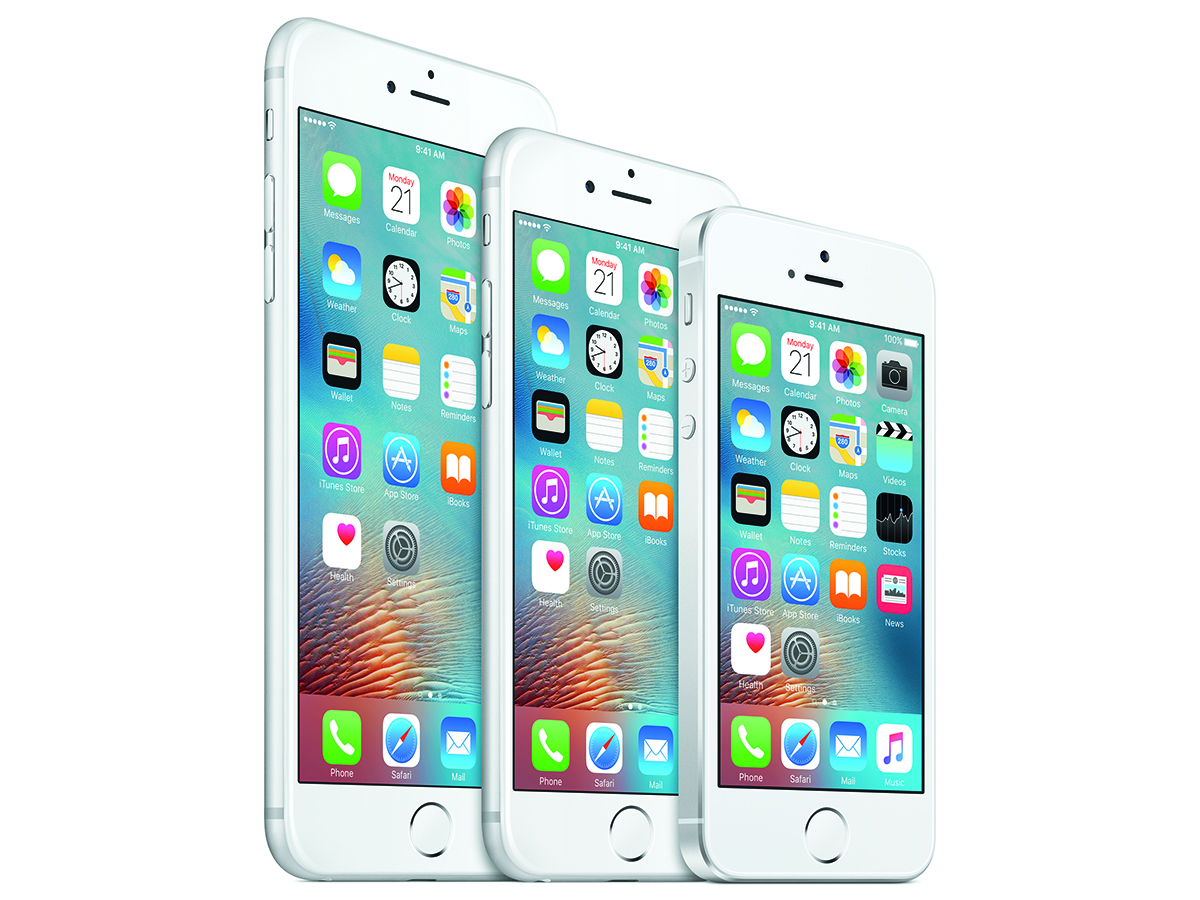
As already established, the iPhone SE has a 4in widescreen display compared to the 4.7in screen of the iPhone 6 – and if you have a Plus model, the difference is even greater with that behemoth’s 5.5in panel. The larger the phone, the higher resolution you’ll find on Apple’s phones, with the Plus models offering the sharpest screens of them all.
But surprisingly, the iPhone SE and iPhone 6 actually have the same pixel density rating of 326ppi (pixels per inch), which means to the average eye, the screens ought to look identical. Even though the iPhone SE’s 1136×640 pixel display is technically less sharp than the 1334×750 pixel screen of the iPhone 6, the smaller size effectively evens them out.
You get less screen size for games and media, and the UI might seem a little more cramped on the iPhone SE; the home screen app grid is smaller, as well. But if you’d rather have a smaller physical phone than a larger screen, it’s a trade-off to consider.
Also Read › 12 things we learnt at the Apple event
Cameras
Even after a year and a half, and rated at just 8 megapixels, the iPhone 6 back camera is still pretty stellar. It might not hang with the best of the Android flagships, but Apple’s phones reliably take great everyday photos, and that’s still the case now. That said, the iPhone 6s has even better camera tech, and that’s what Apple popped into the iPhone SE.
Inside you’ll find a 12-megapixel back camera, same as on the 6s, and it’ll deliver even sharper snapshots than your iPhone 6. Furthermore, it shoots 4K video footage from the back, and you can even capture Live Photos like on the 6s. Granted, the SE doesn’t have a 3D Touch display, so there’s no "pushing harder" to make your still photo give way to the Live version.
Up front, the improvements are less significant: you’ll get a FaceTime HD camera on both phones, although the 6s has the "Retina Flash" feature in which the phone screen flashes to help illuminate your faces.
Hardware perks
Both phones have TouchID sensors on the front and NFC chips for Apple Pay, so they’re both well equipped to keep you secure and spending money. Both also offer just 16GB of storage with the entry-level model, which is still frustrating, with pricier 64GB models available at a higher price.
The iPhone SE also benefits from the newer connectivity chips within the iPhone 6s, however, offering potentially faster Wi-Fi speeds along with more LTE bands to connect to around the world. That’s a big perk you might not notice, but it could save you a bit of waiting while browsing and streaming.
Also Read › Apple iPhone 6s review
Battery life
Smaller phone, shorter battery life… right? Nope. While it’s likely that the iPhone SE’s battery pack has a lesser capacity than that of the iPhone 6, it’s actually rated to last longer. Apple says the SE gives you 14 hours of talk time and 13 hours of video playback or Internet usage over Wi-Fi, while the iPhone 6 is rated for 14 hours of talk time but just 11 hours on the other specs.
Credit the iPhone SE’s smaller, lower-resolution screen for not sucking up as much power as the iPhone 6 would with its panel. In any case, you should get a little more daily life in mixed use.
The verdict
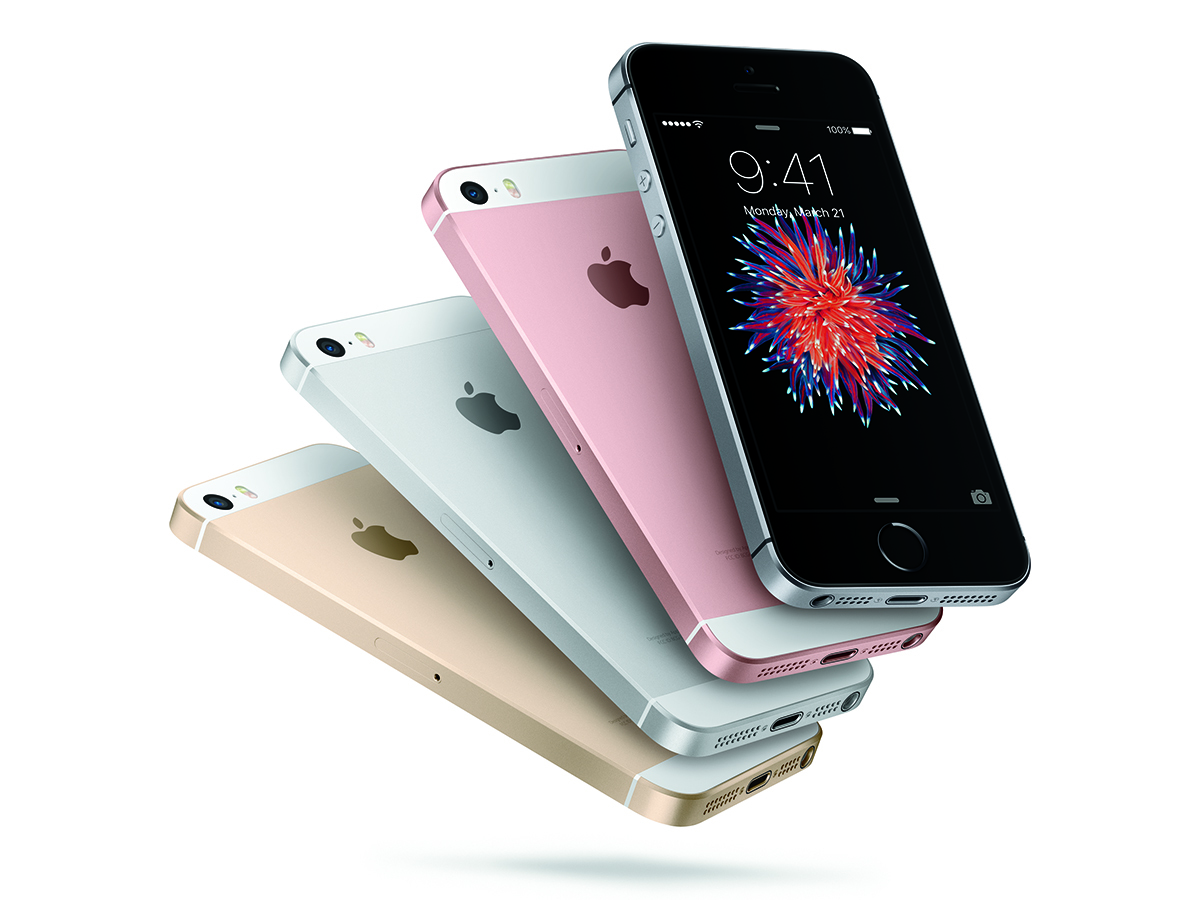
Do you want a smaller iPhone that isn’t nearly three years old? Perfect: the iPhone SE appears to be a surprisingly capable model, delivering most of the power and possibility of the iPhone 6s in a compact and much, much cheaper package.
It’s priced at just £359 (US$399), which is quite a bit less than the £459 ($549) that Apple is charging for the iPhone 6 right now, and especially compared to the £539 ($649) iPhone 6s price tag.
Granted, it’s not a dramatic improvement over the iPhone 6 in terms of the spec bump, and Apple is sure to have an iPhone 7 available this autumn, which will probably deliver a more significant shift in aesthetic and possibly even functionality. What it probably won’t offer, however, is a 4in size option, given today’s spring launch of the SE.
In other words, if you really hate the larger size and design of the iPhone 6, maybe the iPhone SE really is for you. But if you’re fine with the iPhone 6 in your day-to-day usage, we advise holding on for a few more months to see what Apple has to offer with the iPhone 7 and making a decision then. The iPhone SE seems to pack a lot of punch for its price and size, but it’s still essentially a half-step up from the iPhone 6.
